The gallery now has around 8,000 square metres (86,000 square feet) of prime real estate in Paris, Hong Kong, New York, Seoul, Tokyo, Shanghai and Los Angeles.
With 65 artists and an annual revenue of €140 million (US$153 million) in 2022, Perrotin is among the largest art dealers in the world, even if there is still some distance between him and the so-called megas: Larry Gagosian has 19 galleries and reportedly sells more than a billion US dollars worth of art each year; David Zwirner told an interviewer in 2021 that he achieved more than three-quarters of a billion US dollars in sales the year before.
But Perrotin is poised for a new phase of growth. In summer 2023, he announced a plan to sell a 60 per cent stake in the business to private equity firm Colony Investment Management.
Qatar museum director hails International Cultural Summit in Hong Kong
Qatar museum director hails International Cultural Summit in Hong Kong
The following is an excerpt from an exclusive video interview between the South China Morning Post’s arts editor, Enid Tsui, and one of the art market’s canniest operators, ahead of his visit to Art Basel Hong Kong.
In 2012, you only had a gallery in Paris. Why did you decide to open in Hong Kong that year and how did you navigate the cultural difference of doing business?
I didn’t think of going to New York. You don’t go to a city where you are not ready to compete, and in New York, the battle to keep artists is very difficult. I was not ready. I didn’t want to go to London because it is very close to Paris.
From 2004 to 2010 I had a gallery in Miami. It was a big and beautiful space with a garden. Miami was profitable but a little bit boring.
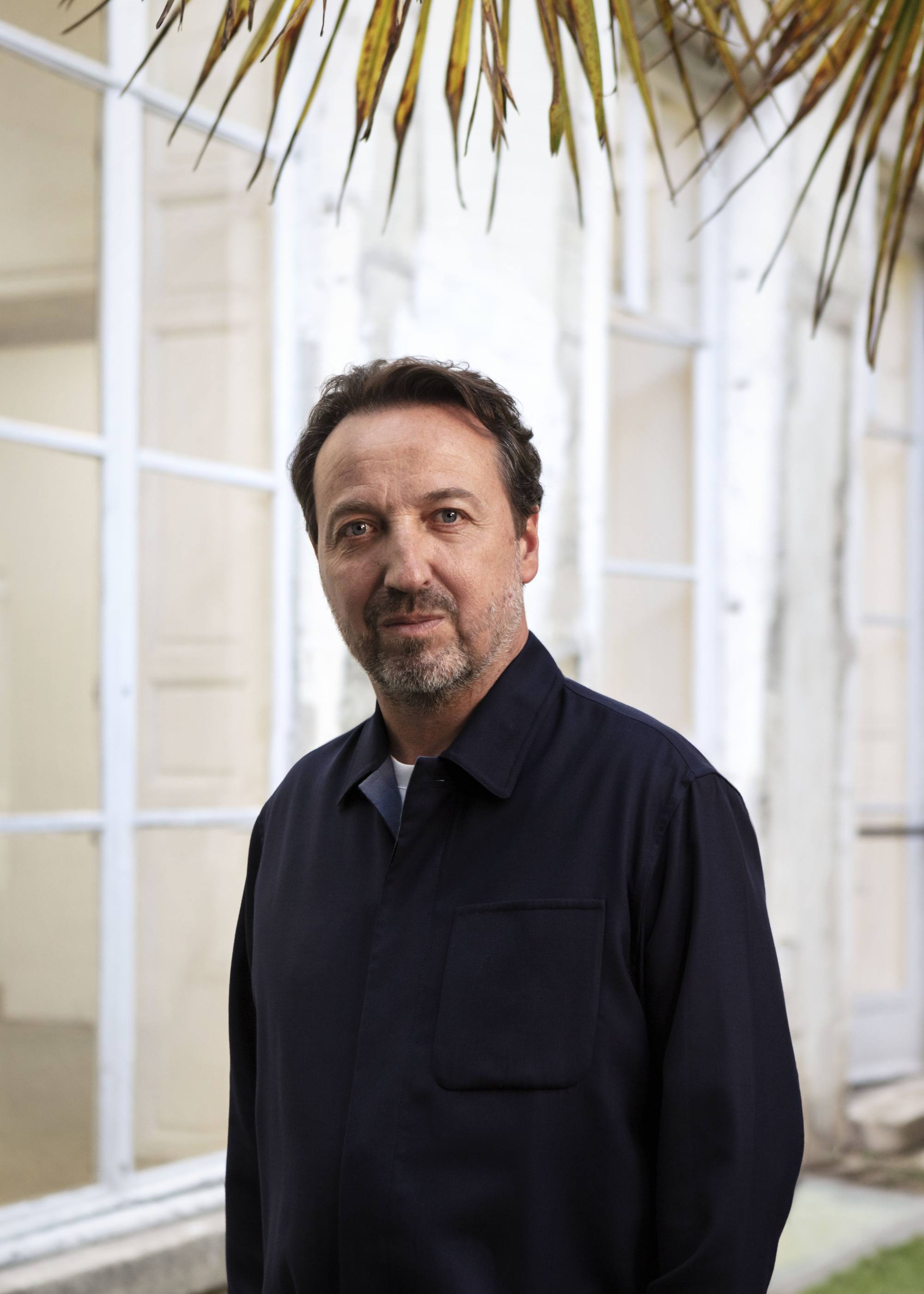
Then, a previous director of my gallery introduced me to [a partner at Galerie Perrotin] Alice Lung in Hong Kong and we thought it would be interesting to create new links with a new demographic.
Hong Kong was very different in 2012. It took time to introduce people to our artists. Nobody knew who Maurizio Cattelan or Damien Hirst were. Contemporary art wasn’t something that spoke to the people. It was a real commitment since Hong Kong’s rent was so expensive.
But because Alice is very good at hiring the right people, we have made the Hong Kong gallery a success.
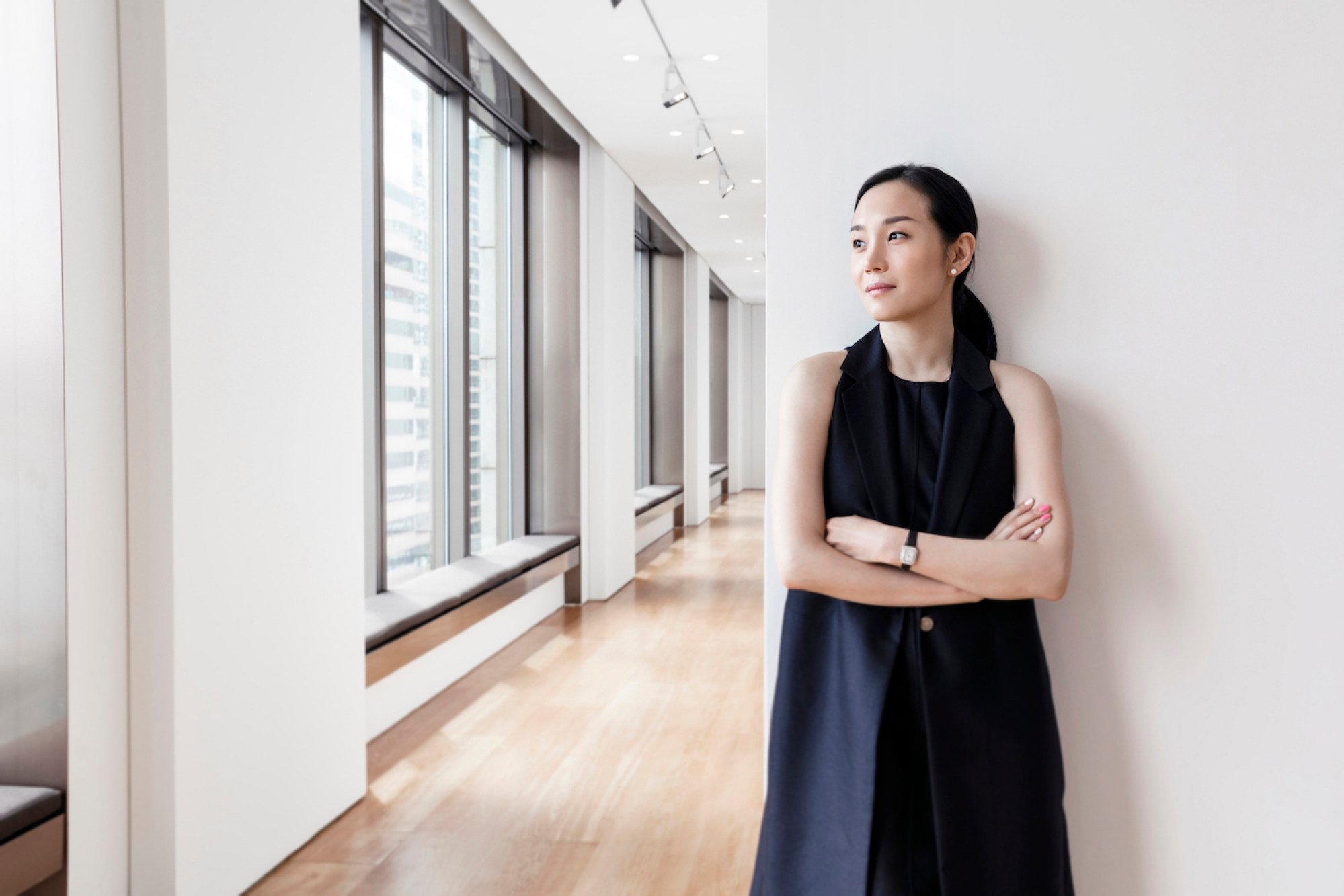
The most important challenge lies in how to create a family with your team. It is important to keep stability for our artists. It was explained to me that the turnover of assistants and directors in Asia is higher than in Europe and North America.
When I first arrived, someone told me, ‘Here, we don’t complain. We quit.’ I said, ‘In France, people complain all the time. Let’s find the balance in between.’ I am now proud of this model, of running a gallery with an international and collective vision.
You are selling a majority stake in the gallery to a private equity investor. What does that mean for the gallery and its global footprint?
It feels to me that I am not selling 60 per cent. Instead, it is as if I am buying 40 per cent [in the company] because the 40 per cent that I have will get more value.
It is the European arm of Colony IM that is investing and these people are very good. If they invest in my company, it proves that it is not a fake. There is a lot of bluff in our business.
It’s not like you have many museums and art centres. It’s good for your tourism, for your economy
Emmanuel Perrotin on Hong Kong and foreign galleries opening in the city
When I started, I was young, I did not have money. I had to put in double the amount of work to be considered their peer. I was a cool guy but people got the impression that I was not serious.
But from the beginning I was using the FileMaker software to create my own sales and inventory system, probably the first for an art gallery. Now I have 10 programmers.
One of the many reasons why this deal is important is because it is important for me to be seen as an accomplished entrepreneur.
In terms of our global strategy, the target is to make the gallery able to provide better services to the artists and make sure they don’t leave.
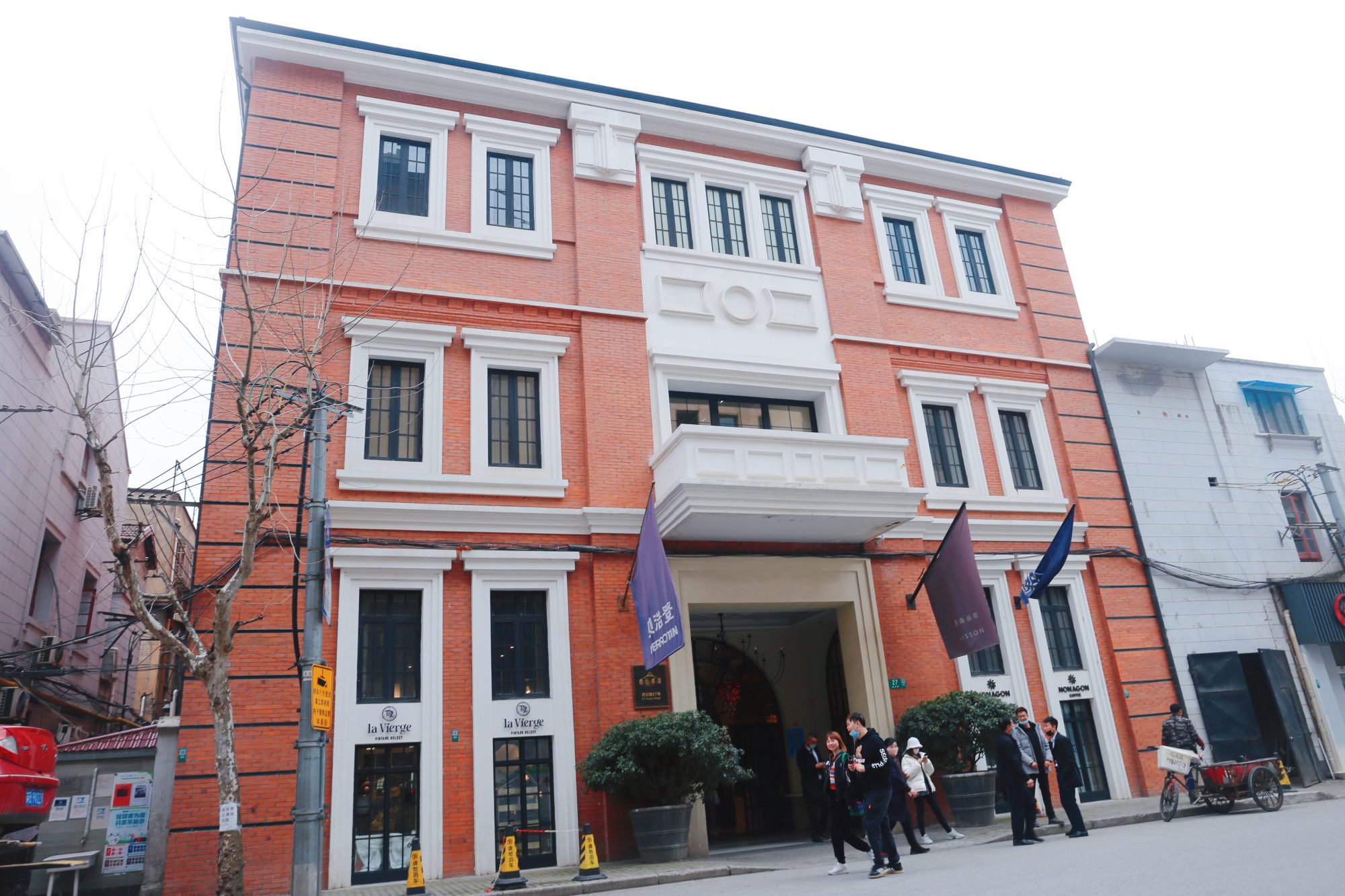
I don’t want to feel the shadow of the larger galleries. I don’t want to feel that the other tigers in the mountain are on top of me. The battle is to convince artists we dream to have to come to us, and to make artists who do very happy. They must feel that we are not sleeping.
We have just opened a new gallery in Los Angeles. We have expanded in Tokyo. Asia is such a dynamic market. There are lots of developments possible in the region. I can’t discuss other plans we have yet but if we develop in India, for example, it is not against other parts of Asia because each entity brings different artists.
Before, I had to sell my share from the building in Miami in order to open in Hong Kong. Now, I have the resources to do different things at the same time.
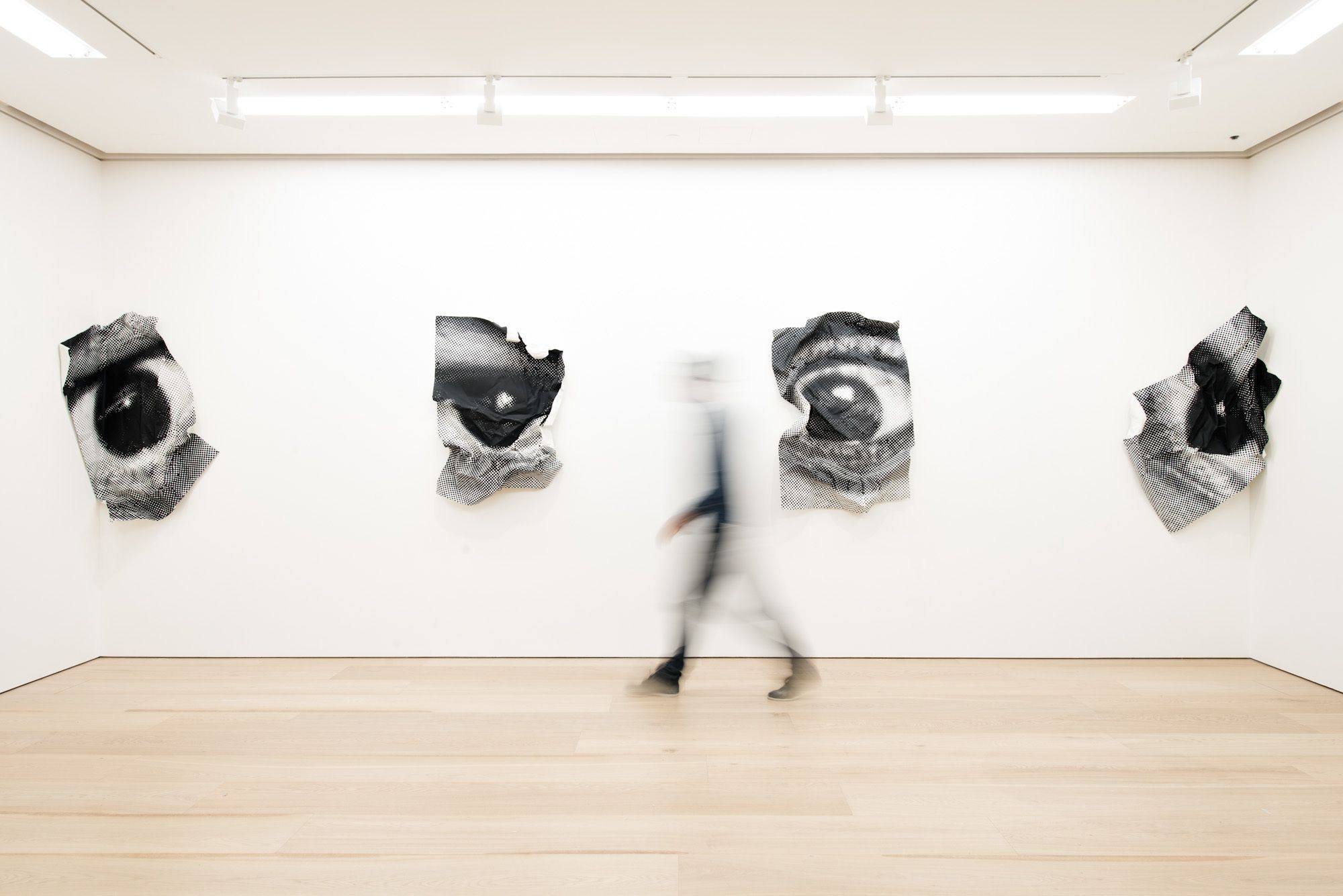
Are you going to give up control?
We will hire a new CEO and have new people to help improve what exists already. Until now, I was taking all the risks. Before, I would say, ‘Let’s open in that country, let’s go,’ and we did.
Now, it’s about improving our management collectively. I shall remain president, but I don’t want to be the one guy making all the decisions.
Murakami is an artist you have worked with for decades and who, in 2020, said his company was on the brink of bankruptcy, partly because of pouring so much money into vast projects. You have been behind some of his biggest shows, such as his 2010 exhibition at Versailles, France. Tell us more about your relationship.
With Murakami it is a real partnership. We share so many artists with his gallery, Kaikai Kiki, such as Mr. His first solo show with me was in 1995. Back then, shipping costs from Japan to Paris were super expensive. There were no mobile phones. And I was not rich at all. We took a lot of risks together. It’s one of the most beautiful stories of my life.
Takashi is never satisfied. He never feels his work is complete. It was very frustrating for him to discontinue production of his sci-fi film Jellyfish Eyes Part 2. It cost a fortune and it was very ambitious. Now, he has made huge paintings for his large solo exhibition that opened at the Kyoto City Kyocera Museum of Art in February.
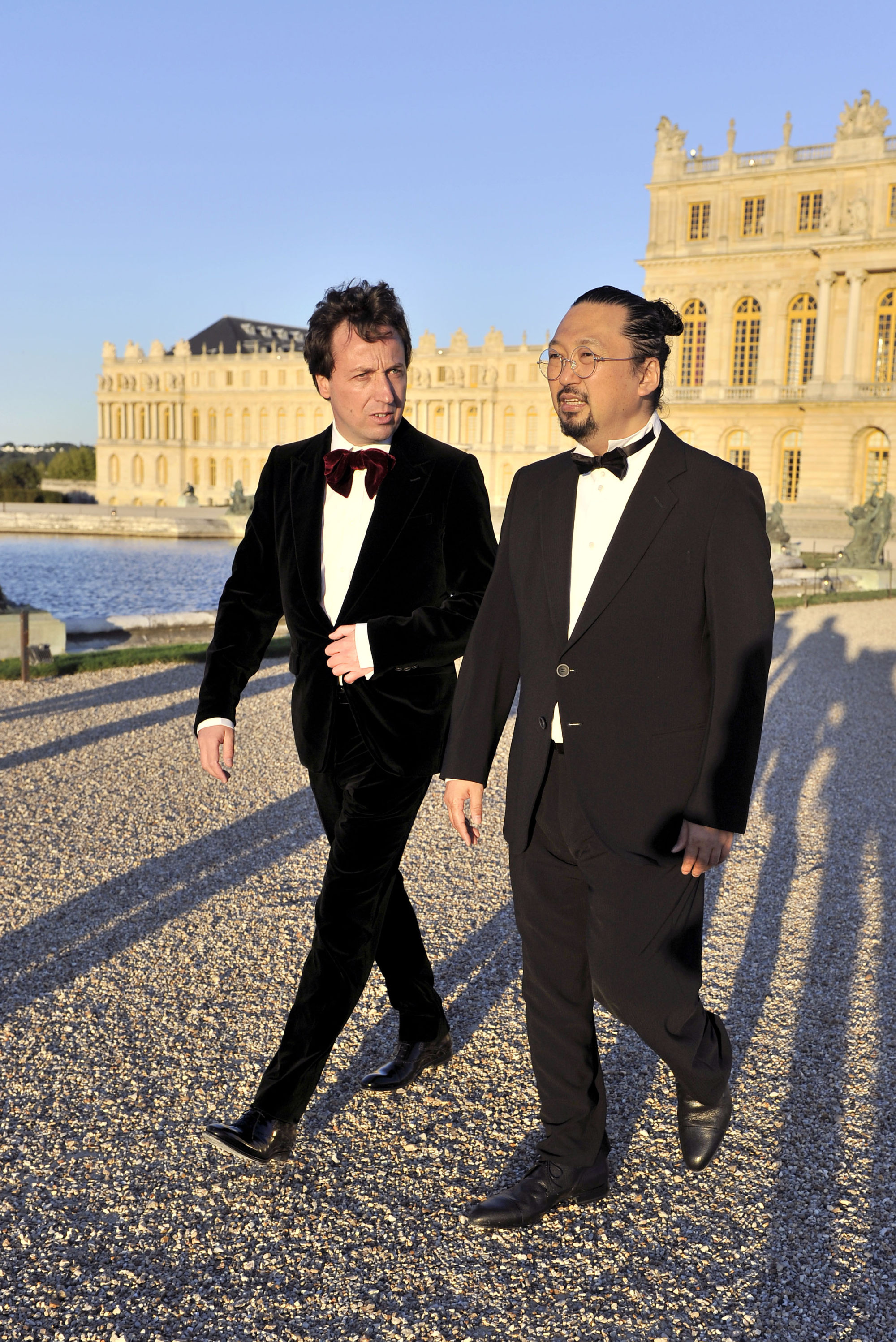
Personally, the really crucial project for me was his exhibition at the Cartier Foundation in 2001. We took the risk to produce many works. We had to contribute to insurance, shipping and the budget totally exploded. But it was a great success.
Clients were so impressed to see the physicality and quality of the works that they offered to pay double. I had to tell them that other collectors had already paid double and bought the works before the opening.
There was that famous episode in 1995 when Maurizio Cattelan made you wear a pink penis costume with bunny ears at his first exhibition with you. How important is it to keep your artists happy?
A noble part of what art dealers do is to help artists realise their dreams. Maurizio didn’t force me to do it. I was happy to take part and to show that an art dealer didn’t just put works on the wall.
Few people realise how art dealers help artists create their dreams. For example, four years ago we decided to help Tavares Strachan make that work which is now showing at the Royal Academy. [The First Supper (2021-23) is a bronze sculpture that replaces the biblical figures in Leonardo da Vinci’s The Last Supper with black historical figures as well as the artist himself.]

We, as gallerists, are sponges for the dissatisfaction of collectors and of artists, who feel they are not getting enough museum shows, not getting enough sales, not enough good articles. The artists who don’t complain, often they are not successful. Maybe that is the secret to success.
You are closely associated with artists who make brightly coloured pop art influenced by anime and manga, artists who look back at childhood for their art. Apart from Murakami and Mr, you worked with Kaws for many years, for example. Does this differentiate you from the other mega dealers?
Some artists are reduced to the apparent, and are seen as jokers, as artists who make cartoons. It always takes time for people to understand what’s behind them. Some of our artists have less visual impact on social media.
We have many conceptual artists, too, such as Sophie Calle. I have a very large, open mind for music – operas, pop music – and nobody judges me for it. It’s the same for me and my artists.

The big evolution for the gallery in the past five to seven years was to make the programme collectively and not just what I like. We are now in too many cities for me to go to all the openings. Covid-19 was a key moment for proving there is trust in the local teams.
You are coming to Art Basel Hong Kong at a time when the art fair is finally returning to its pre-Covid scale. How do you view the city’s future as an art market? Are you worried about censorship in the arts?
I am not worried if Hong Kong will stay a free port. For Hong Kong it’d really be a disaster if the government puts on importation tax. All the interest in Hong Kong would be destroyed.
Less importantly, and this is a selfish desire, I would like to see rental assistance. We have to pay a crazy amount. Only the very rich ones can afford space here.
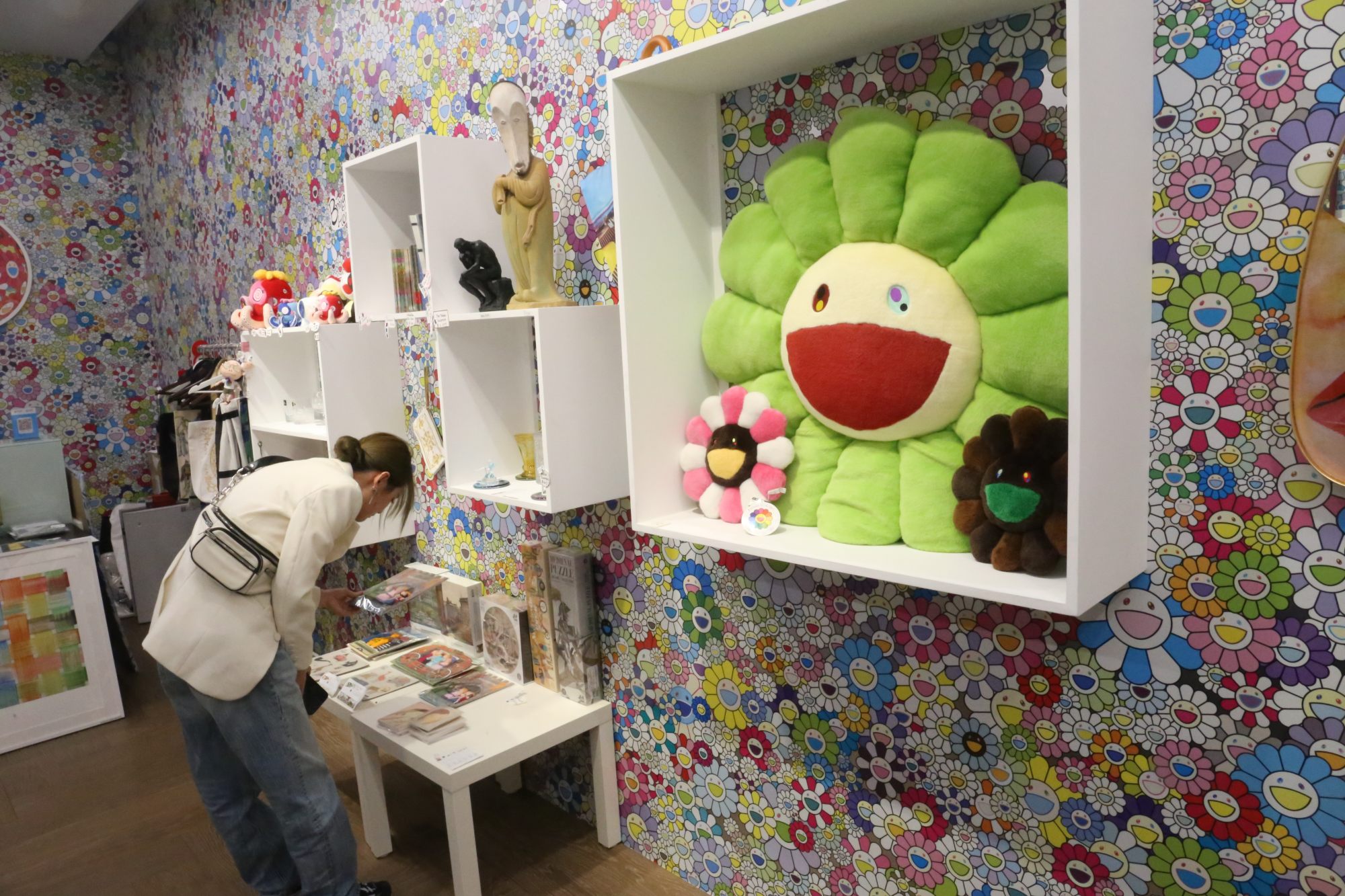
It’d be nice for the city to be considered a good place to see shows. Before I opened in Hong Kong, I was invited to open a gallery in Singapore, at Gillman Barracks, which was not working. Finally, I preferred to pay the big rent in Hong Kong.
But now, Hong Kong is not exactly in the same situation it was before.
You mean Hong Kong is not as special or competitive as before?
I think so. We now have a good gallery in Shanghai that is bigger than the one in Hong Kong. We have had a great gallery in Seoul since 2016 and we have just moved to a new space in a better location. In Tokyo, we have expanded for the third time.
We bring culture to your city. It’s not like you have many museums and art centres. It’s good for your tourism, for your economy. It’d be great if they understand that we need better tools to show art in the city.
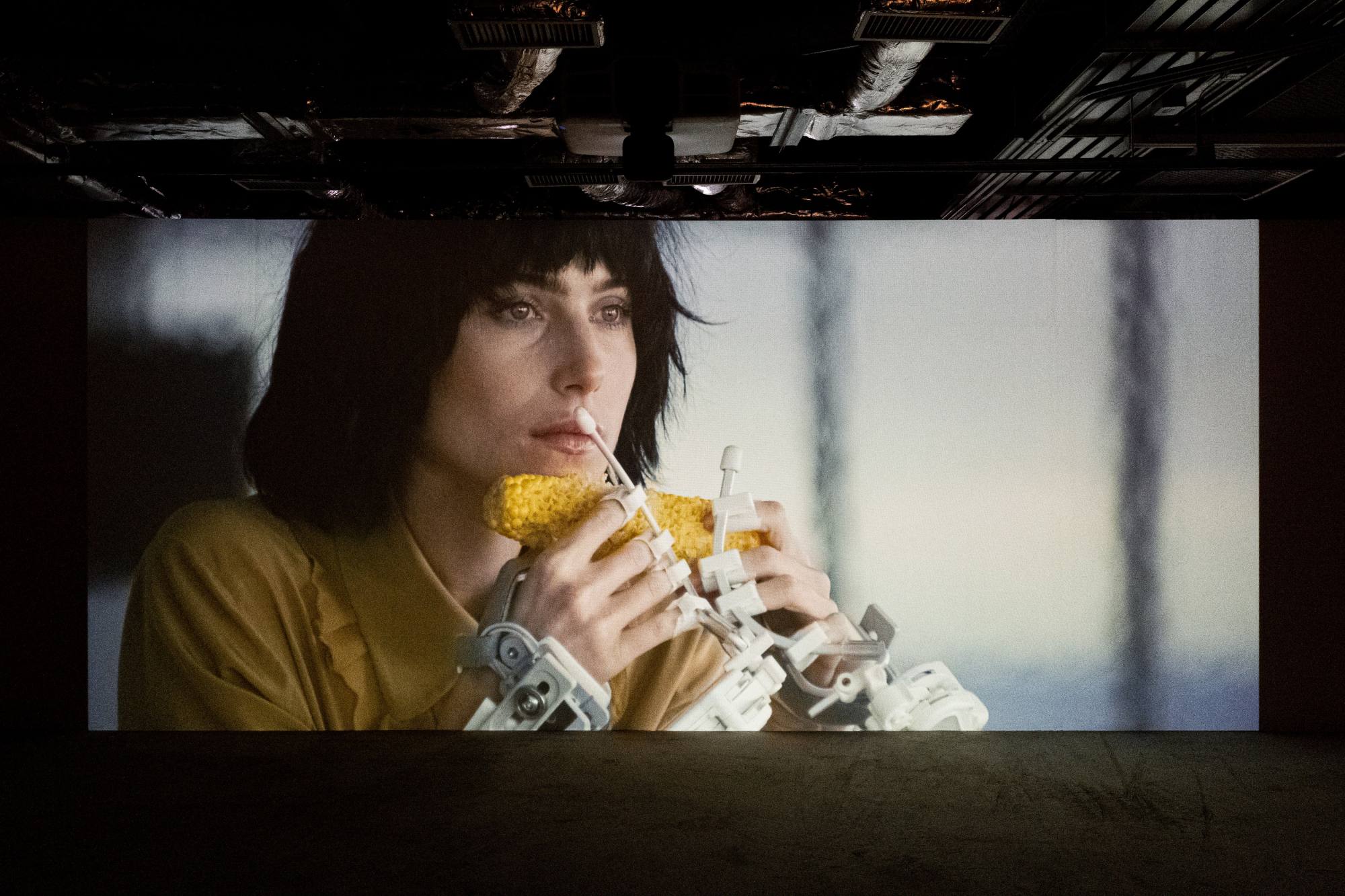
What are your predictions for 2024 and beyond?
Our prediction is that we will always be wrong. With Covid, everyone said it’d be like the 1929 flu; everything will be horrible. The art market in 2022 turned out to be the best year, but 2023 was a bit less good.
Let’s compare today with previous crises. I was working in the early 1980s. Now that was a real recession.
The art market was far smaller then, and localised. Now, we have clients everywhere. It won’t be easy. We will just have to be more efficient.
